Moving Forward: The Role of the Home in Well-Being and Productivity
Recent events have made the spaces in our homes more important than ever—to our productivity, well-being, health and comfort. As we head into a new future, how can we make sure that our homes serve us better?
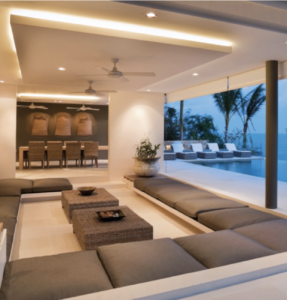
While homes have always been central in our lives, they have never had to shoulder as much of a load as they have this past year. Since the stay-at-home orders, our homes have had to provide us with everything we need, much of which they were not designed for—from office spaces to classrooms, gyms and sanctuaries.
Our relationships to our home environments have changed, and the psychological impact of being at home, becoming familiar with the new demands on our spaces, and being confronted with all of our “stuff” is not a minor thing.
The effects of this reassessment of our home spaces on our behaviors have been numerous: from making small changes, like seeking to repurpose the spaces in our homes for more practical use (work, recreation, quiet time), or removing various unneeded furniture or objects from our homes, to larger decisions like moving to a house that is more suitable for our own personal indoor-centric lifestyles.
Now, the number of vaccinated Americans is increasing, and a pinprick of light is growing stronger at the end of the COVID tunnel. Does this mean that we will return to pre-pandemic behaviors and forget the adjustments that we’ve made in our homes?
Sally Augustin, an environmental and design psychologist, uses the practice of science to inform design projects in both commercial and residential spaces. She believes that, while we will be glad to be out of our homes again when things become slightly more relaxed, we will also use what we’ve learned from the recent past to inform how our spaces should work for us moving forward.
“We’re a social species, so we like to mix with others,” Augustin says. “We’ll go back to work; we’ll start to see our families again. We’re all pretty sick of our own cooking and all the things we can get delivered, so we’ll go out to eat again. I think people will resume, to a large extent, their previous lives, but they won’t forget their current experiences.”
So, what does that mean for how we design and live within our existing homes, and what we should look for in future property purchases?
SMALL CHANGES
For those who are working within the confines of the spaces that they already have, there are small changes that can be made that will make a significant impact on quality of life at home.
Augustin is quick to list a few things that can make a big difference—noting that they’re not new design elements born out of the pandemic, but rather things that have always helped us to create healthy and happy living spaces, and that can be implemented to great effect in these changing times.
“For most of us, happily, all of our sensory systems are working at same time,” Augustin says. “Always think about the full range of sensory experiences you’ll have in a space.”
To create a more relaxed environment, Augustin recommends playing nature soundtracks at a very low volume in your office or living room. And she says that smell—yes, smell—can also play an important part in how comfortable you feel at home.
“There’s been a lot of rigorous research done on smell and how it affects what goes on in people’s heads,” she says. “You might consider making your home office smell like lemon, which has been linked to cognitive performance. Throughout the home, you might want a lavender scent, because the research shows that the smell of lavender is relaxing.”
Most of us default to sight as the primary sense when we evaluate a space for suitability, and there is plenty you can do to improve the visual impact of your home environment.
“Seeing wood grain is great at alleviating our stress—whether it’s on floors or other surfaces in our homes,” Augustin says. “Relatively light and unsaturated colors (which have always been good for use in a home) are still good. And natural light is like magic for us as humans. Being in natural light improves our cognitive performance—even our creative thinking. Plants were great inside before, and they’re great inside now, in terms of helping us refresh mentally and feel calmer.”
On top of color and light, Augustin notes that the way that we allow our belongings to dominate a space can have a big effect on our mindset.
“It’s really important to think about visual clutter in a space,” she says. “I think sometimes people let that get on top of them. I’m not talking about creating a place that’s stark—being in white box without much going on visually stresses us out—but you’re really looking for a middle ground.
“You want to think through the palette of colors that are in a space, make sure it’s well-managed, have only a couple of patterns in a space, have some personalizing objects on tabletops or hanging on walls, like photographs or art, but don’t let things get away from you.”
Rebecca West, interior designer and founder of Seriously Happy Homes, agrees, adding that clutter can take your space away from you.
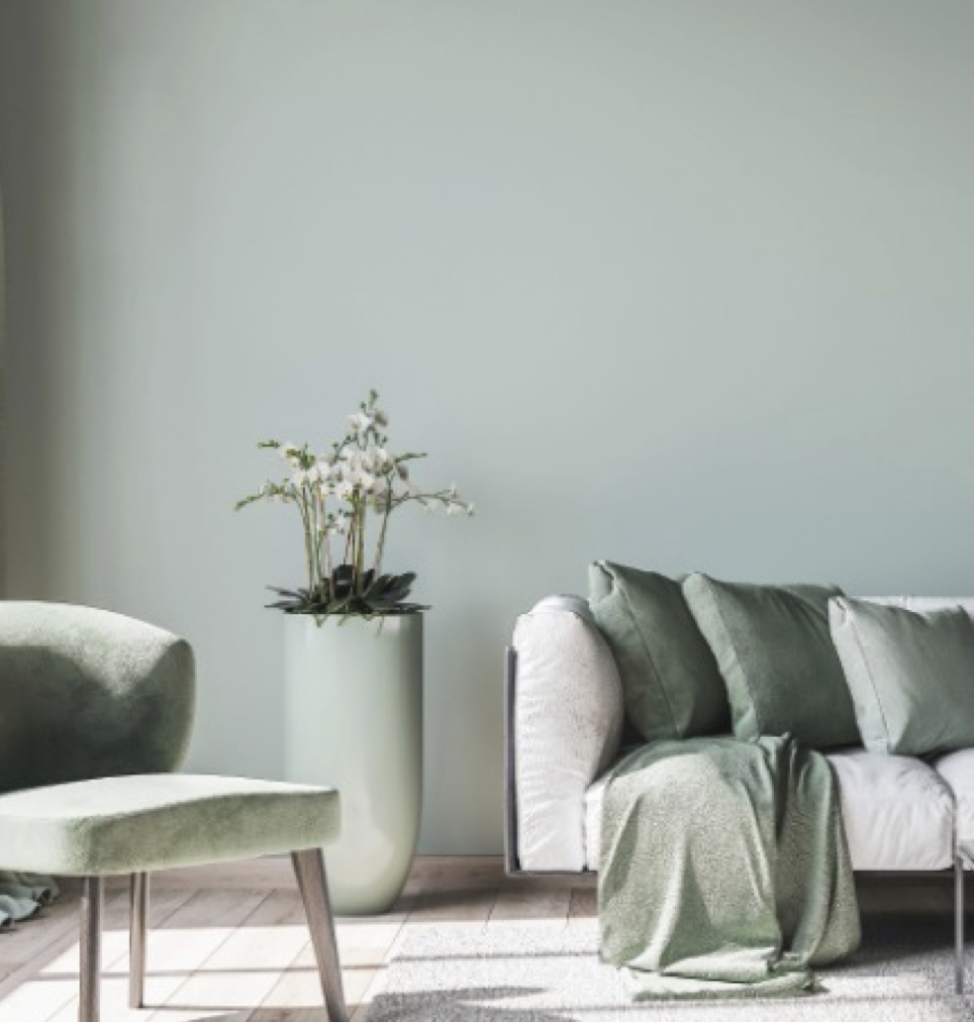
“People used to have all these spare rooms, like the guest room or the home gym that wasn’t used much,” she says. “Now, that space has become so much more precious. The demands on the space have become a lot more profound, and people are thinking, ‘This is our reality now. How do we make it work?’
“If you’ve got a space that has been storing stuff that you haven’t touched in five or 10 years, you really got to think, ‘Could I use that space better?’” she says. “This is very helpful for people who feel like they don’t have enough house. You’re just seeing it with blinders on, having lived there for so long that you can’t necessarily see any other way of using the space.”
West notes that, until recently, it’s been much easier to ignore the things in our homes that weren’t working.
“I think that a lot of people were able to ignore that psychological baggage in their home, because they always left the house for work, or they could go out with friends,” she says. “[Since the pandemic], they haven’t been able to escape those psychological cues anymore.”
To create a space that best serves your well-being, West recommends taking a look around your home,
and identifying the things that don’t make you feel good.
“You can take action on the stuff that has been nagging at you, but you weren’t really able to put your finger on,” she says. “Figure out what makes you happy and showcase it, because half the time we hide the stuff we love in a box in the garage. Get rid of the stuff that seems like it should be functional—maybe it was expensive, maybe you have guilt because it was given to you as a gift—but doesn’t make you happy. Who are you serving by holding on to all that?”
Once you have assessed the elements you can bring into your home for well-being, as well as those you should get rid of, the job is not done—you still need to keep on top of what’s coming into the house, and make sure you keep shifting things out, West says.
“A house is never done, because the people in it are always changing, and there’s always stuff flowing in—whether that’s junk mail or groceries or Amazon purchases,” she says. “If we don’t think about the house as this living, breathing organism—where things are breathed in, so they must be breathed out—then we either end up with a totally stale house, or we end up with too much stuff.”
THE BIGGER PICTURE
While there are several things that you can do to improve your space that don’t require remodeling or moving house, sometimes taking a big step and making those larger changes is necessary.
Both West and Augustin note the need, during times when we’re spending more time indoors in close proximity to others, for spaces that can be closed off for work or quiet, but that won’t make residents feel closed-in.
“There’s this competing priority of, ‘I need a door to close so that I can take whatever meeting, or find a mental quiet space,’” West says, “but also, ‘I don’t want to feel super isolated, or trapped in a lot of tiny, small spaces.’”
She says that we can have both space and sanctuary, through having large rooms that can be segmented if necessary—using things like barn doors, sliding doors and room dividers.
“A lot of people will have memories of this event that will guide their future actions. The next time they’re looking to buy a house, they’ll make sure it has some space where they can work effectively from home. People will perhaps be looking for spaces with a little more internal segmentation from one space to another, because they’ll remember how nice it was to be able to isolate a bit when they were confined to their home with all the members of their family for weeks on end.”
Aside from the practicalities of working and schooling from home, we should also look for spaces that prioritize our mental and physical health, West says.
“I certainly think that people will be looking beyond the footprint of their home. Walkable neighborhoods and outdoor spaces are more important than they were pre-pandemic. It’s about the home, but it’s also about what’s outside your home. Do you have an outside gazebo or some outdoor space where you could have friends over if you’re worried about social distancing?”
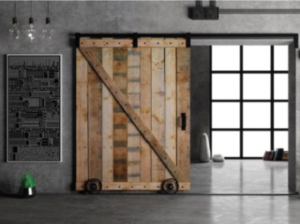
West also recommends thinking about the multigenerational living that many of us are now doing, and making sure that there are spaces that are useful to the different members of the household—things like study spaces for children, workout rooms for active people, hangout areas for the family, and comfortable quarters for elderly relatives.
“Then there’s privacy,” she says. “What do the windows look out onto? Are they looking into your neighbor’s home? Will that make you feel more trapped? And what kind of light are you going to be getting throughout the day, especially during the hours you want to be more alert or more rested?
“As you’re looking at a new house and trying to imagine your furniture in the space, really go through the exercise of thinking, ‘Where would I sit in this room? How would it feel for me to sit in this room while spending 12 hours working in this space?’”
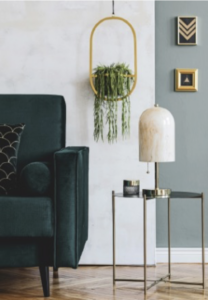
For Augustin, the senses are again an important consideration when evaluating a home for suitability.
“When you first see a home that you might buy, often you’re looking at like an online listing, which is pictures. But make sure you read the words, too, because maybe you’ll find out that the house is next door to a preschool or something. Some people might love the sound of little kids laughing in the morning, but if you’re going to be up all night because you’re an emergency-room physician, maybe you don’t want to live next door to a preschool.
“There was a neighborhood in Chicago that for decades smelled like chocolate because it was right near the Brach’s Candy Factory. It was a perfectly nice neighborhood, but if you didn’t like chocolate or [had dietary health concerns], that probably wasn’t the place for you.
“In general, keep in mind that your house is more than what it looks like.”
Beyond what a house can offer in terms of practical considerations, there’s the need for us to feel… well, at home. In a time when security and safety are top of mind for most people, familiarity can provide comfort. So how can you create that feeling in a brand-new home, which is—at least to begin with—unfamiliar?
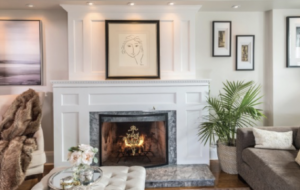
Augustin recommends giving thought to what makes your house really feel like home to you. “If you can continue to use the same furniture, or look at the same art, that increases feelings of familiarity and safety,” she says. “Is your furniture or your art going to fit in the new home? If you’re coming from an apartment with lots of solid, interior walls, and you go to a home that’s open plan, with very few interior walls and lots of windows, you’re not going to be able to hang as many paintings. If that art is meaningful to you, a new home where you can’t put it up and see it is not going to be the best place for you to be.
“You have to think through where you were already, your good experiences there, and how many of those you’ll be able to carry through to the new space to make it familiar. If you’re going to make a big change, why? Is it likely that you will be happy after you make it, based on where you’ve been happy previously?”
Home is the most personal space that any of us have, and we need to make decisions according to what feeds our own individual sense of well-being. Identify the things that make you feel comfortable, make your home feel practical, and ensure that it serves you and your family in the best way possible. Then, make the necessary changes, or, if you need to, purchase a house with those things in mind. In a nutshell, create your space intentionally.
Or, as Augustin says, “Just manage things. Be active. Take control. Don’t let your house just happen to you.”
The post Moving Forward: The Role of the Home in Well-Being and Productivity first appeared on Century 21®.




